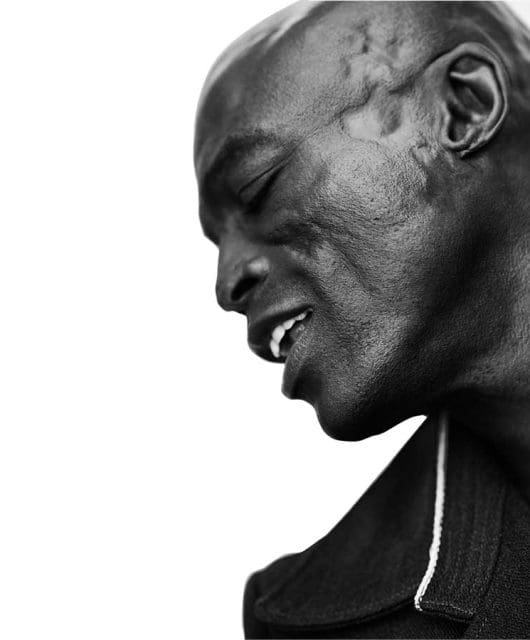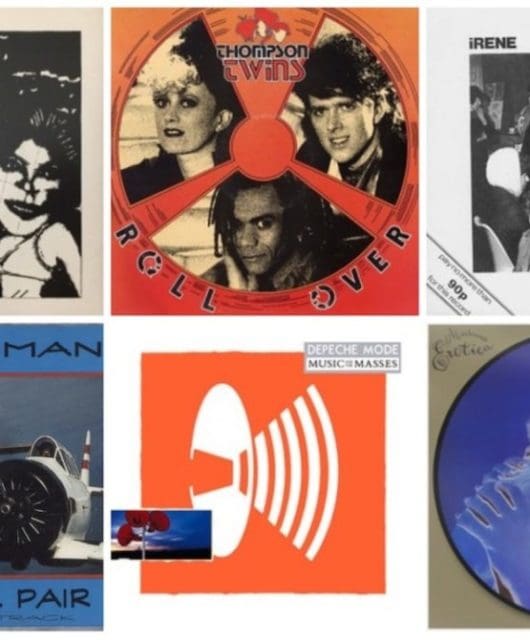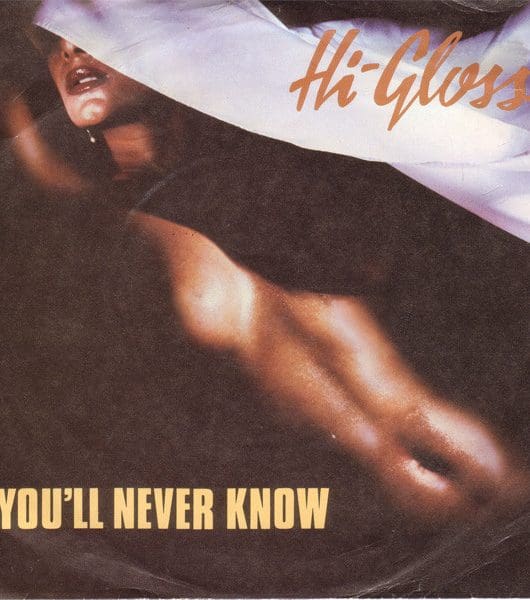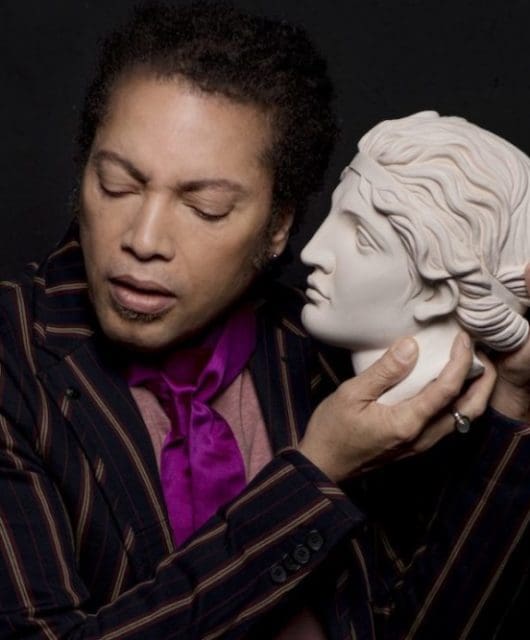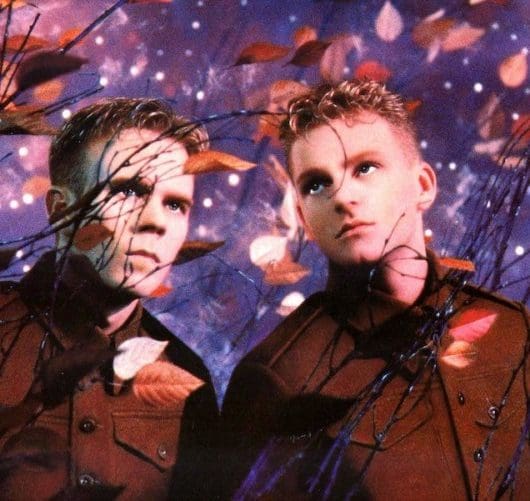Classic Album: Kylie – Let’s Get To It
By Steve O'Brien | December 27, 2023
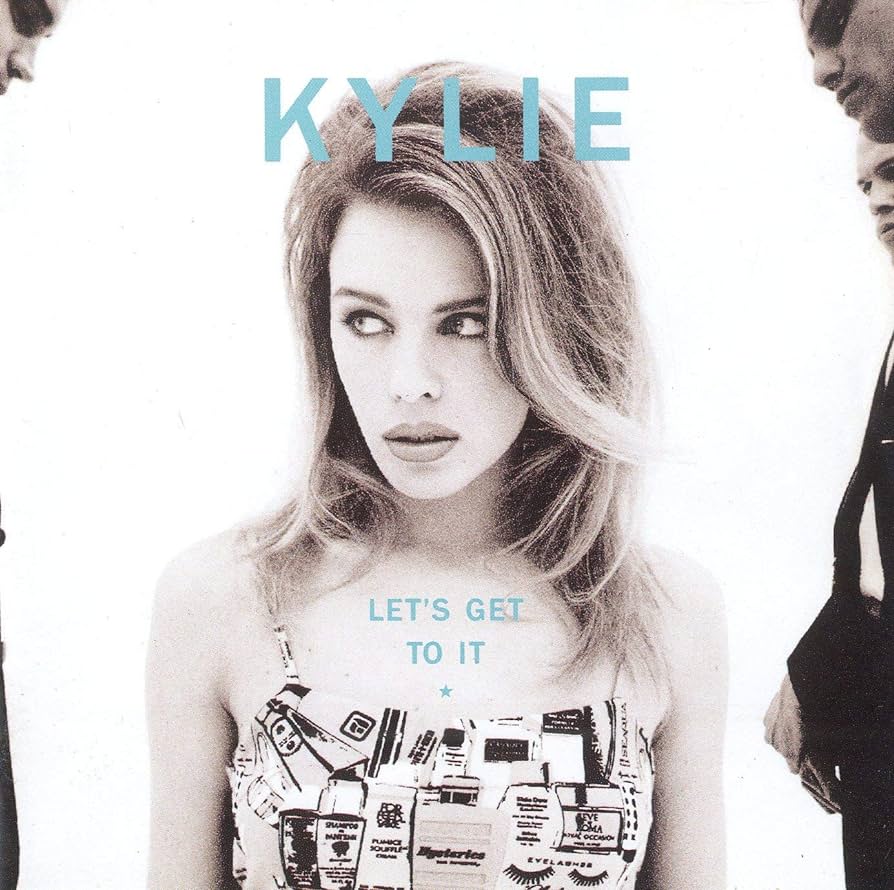 Let’s Get To It was the last LP Kylie made with Stock Aitken Waterman and found the former Neighbours star ready to spread her wings…
Let’s Get To It was the last LP Kylie made with Stock Aitken Waterman and found the former Neighbours star ready to spread her wings…
Let’s Get To It is a significant record in the Kylie Minogue canon, as it’s the last album she made with PWL and the first LP in which she had a significant hand in the songwriting.
But there was one major presence missing by this time. Matt Aitken had left PWL in early 1991, later telling The Guardian, “I was burnt out. People say all our records sound the same, but it came to a point where they started sounding all the same to me.”
The irony was, Let’s Get To It is probably the most sonically varied of all Kylie’s albums with the Hit Factory, encompassing elements of hip-hop, new jack swing, house and dance-pop among its 10 tracks.
And if Rhythm Of Love introduced the world to a more sexually liberated Kylie (it’s no surprise that her relationship with Michael Hutchence coincided with that album), then Let’s Get To It continues that journey.
The Kylie on this record is far from the virginal, perma-smiling popstrel of Kylie and Enjoy Yourself, as is evident from the enigmatic cover photo.
Compare that image of a pensive Kylie to the one from her debut album, released just three years before, and it’s like looking at two different women.
And proof that Kylie was taking control of her career by this time is evidenced by the fact that this record didn’t need to be a PWL production.
Her original contract with the Hit Factory only obligated her to three studio albums. But with Kylie their most prized asset, Pete Waterman and PWL co-owner David Howells were keen to keep her.
It was Mike Stock who approached her about making a fourth album together, but part of the deal was that Kylie wanted more of a hand in the songwriting.
She’d been credited on four of Rhythm Of Love’s 11 tracks, and this time would be named as co-writer on six of the record’s 10 songs.
“I’ve been so involved with this album – it’s a completely different thing for me,” Kylie told BIG! magazine at the time of its release.
“I co-wrote a lot of the tracks with Mike Stock, so some are personal and some aren’t so personal. Writing the songs was a bit like writing an essay. It was like, ‘Okay, your assignment for today is…’ Generally what would happen is Pete Waterman would say to us, ‘This is the plot, and this is the song title. Meet in the studio tomorrow to write and record it.’
“Mike would put down the basic track, then we’d embarrass ourselves humming different things, throw words around here and there, then we’d put the song together and record it the same day.”
There’s definitely more of a move away from the teen pop of those first two albums and there’s a sense in which Let’s Get To It is more aimed at clubland than the school disco vibe of Enjoy Yourself.
“If you go into Bowlers or you go into The Haçienda, you can’t play I Should Be So Lucky can you?” Waterman reflected to Louder Than War. “They’re going to lynch you!”
Kylie herself was keen to break into the club market, but knew that her name was Kryptonite to its hipper DJs. Instead, she created an alias, Angel K, and released several white label vinyls.
The tracks included Do You Dare? and Closer, which later appeared as B-sides on the Let’s Get To It singles, Give Me Just A Little More Time and Finer Feelings.
“It’s more mature dance music on this album,” the singer told BIG! “But hardcore Kylie fans will like it because they’re growing up as well.”
Emblematic of this new maturity was a duet with singer Keith Washington. Washington was no teen pin-up, but a highly respected R&B vocalist and their song, If You Were With Me Now, certainly felt more soulful and sophisticated than her previous duet with Jason Donovan.
“I’m so thrilled to do a duet with a man with such a nice voice,” she told BIG! “I was really nervous at the prospect of doing it, actually.”
German photographer Juergen Teller produced the album’s sleeve photo, a picture that was a definite departure from the primary-coloured fun-fun-fun look of most of SAW’s record covers.
“The cover will worry fans the most,” Kylie told BIG! “I like it, but it’s black and white and there are three men with me. You don’t realise they’re men until you look at it carefully – you think they’re just shapes around the edge. You wonder what I’m thinking because I’ve got this weird expression on my face.”
Let’s Get To It landed on 14 October 1991, six weeks after Kylie had announced its title on the Saturday morning kids TV show Motormouth, with Mushroom Records releasing the album in Australia on 25 Nov.
The record release was tied to a new set of live gigs. The Let’s Get To It Tour kicked off at Plymouth Pavilions on 25 October and saw Kylie performing in such cities as Birmingham, Nottingham, Manchester and Edinburgh before closing at Dublin’s Point Theatre on 8 November.
As was usual at this stage in her career, critical reaction was mixed, though many commended Kylie on taking more of the songwriting reins.
“There are no big controvs here,” Betty Page wrote in the NME. “Kylie doesn’t concern herself with challenging taboos but, by golly, she does make exceedingly good pop records.
“Her plaintive voice has its limitations, but here Stock and Waterman (hold the Aitken) have mercifully chosen not to drown her in instrumental swells at every opportunity.”
However, the album is the singer’s only studio album, apart from 1994’s Kylie Minogue, to receive a two-star rating from Colin Larkin in The Encyclopedia Of Popular Music, who classified it as “disappointing”.
Sadly, the public seemed to agree. Let’s Get To It would become one of Kylie’s least successful albums, missing the Top 10 in both her native Australia and the UK. Assessing the reason as to why the album flopped, Pete Waterman was of the belief that it was a reaction against this new sexually assertive Kylie: “The public saw [Kylie] dressed as a prostitute, and they wouldn’t accept it,” he said in Kylie – Naked: A Biography.
Though Kylie and her producers had tilted the album towards clubland, it still seemed like an album out of step with contemporary music trends.
“We always tried to create pop hooks,” Mike Stock reflected in the book The Hitmen & Her. “By the 1990s, it was made by people who were off their heads on ecstasy. They’d be fascinated just with two notes going backwards and forwards.”
Let’s Get To It would be PWL’s final album with Kylie. As David Howell explained in Kylie – Naked: A Biography, the singer “was [not] moving in a direction that was going to be successful.”
It appears, however, that the split between Kylie and PWL was what the singer wanted by this time. “I was very much a puppet in the beginning,” she told Q in 1994. “I was blinkered by my record company.”
In a 2015 interview, Pete Waterman said he already knew, while they were making it, that Let’s Get To It would be Kylie’s final studio album with SAW, telling Louder Than War: “We should have actually sold that album before we made it.
“If I was as brilliant as I’d like to think I could have been I would have had the sense to say that Kylie had become such a big star she was overshadowing us and killing our creativity and that if we had stepped out at that point, we’d have had to gone back to what we were good at and that was finding new artists and constantly finding new things to do and being completely creative instead of worrying about who was going to pay the rent at the end of the month.”
And so there it is, the end of an era. PWL were the team that helped transform Kylie Minogue from tomboy Neighbours star to the glittering, beloved popstar she is today.
They may have not been the most innovative or sonically adventurous producers, but, in the dying years of the 1980s, they knew exactly what teenagers wanted to buy.
And while many of their acts have been rightly forgotten (who remembers Princess now?), it was that unique partnership between the UK’s premier songwriter and production troupe and the vivacious young soap star from Australia that gave birth to pure pop gold.
- Want more from Classic Pop magazine? Get a free digital issue when you sign up to our newsletter!

Steve O'Brien
Steve O’Brien is a writer who specialises in music, film and TV. He has written for magazines and websites such as SFX, The Guardian, Radio Times, Esquire, The New Statesman, Digital Spy, Empire, Yours Retro, The New Statesman and MusicRadar. He’s written books about Doctor Who and Buffy The Vampire Slayer and has even featured on a BBC4 documentary about Bergerac. Apart from his work on Classic Pop, he also edits CP’s sister magazine, Vintage Rock Presents.www.steveobrienwriter.com

